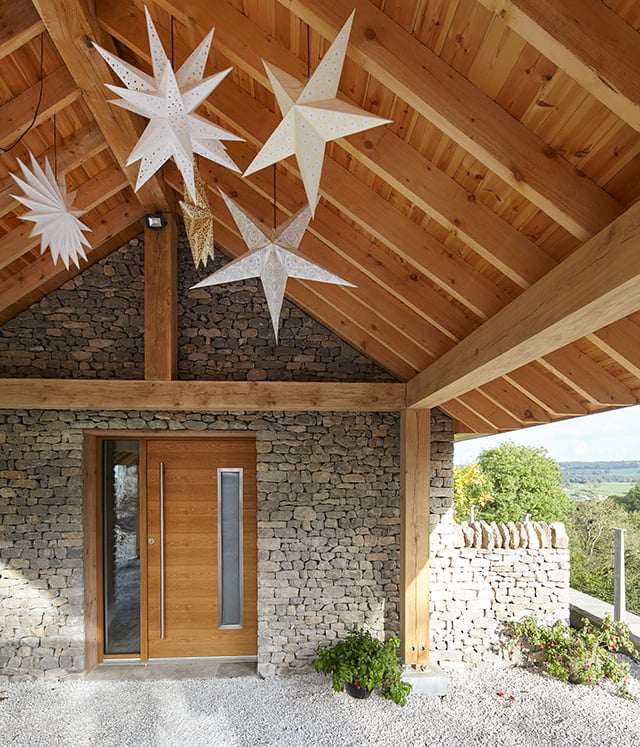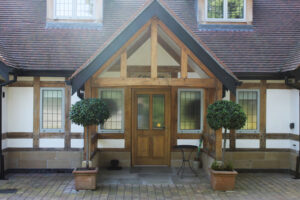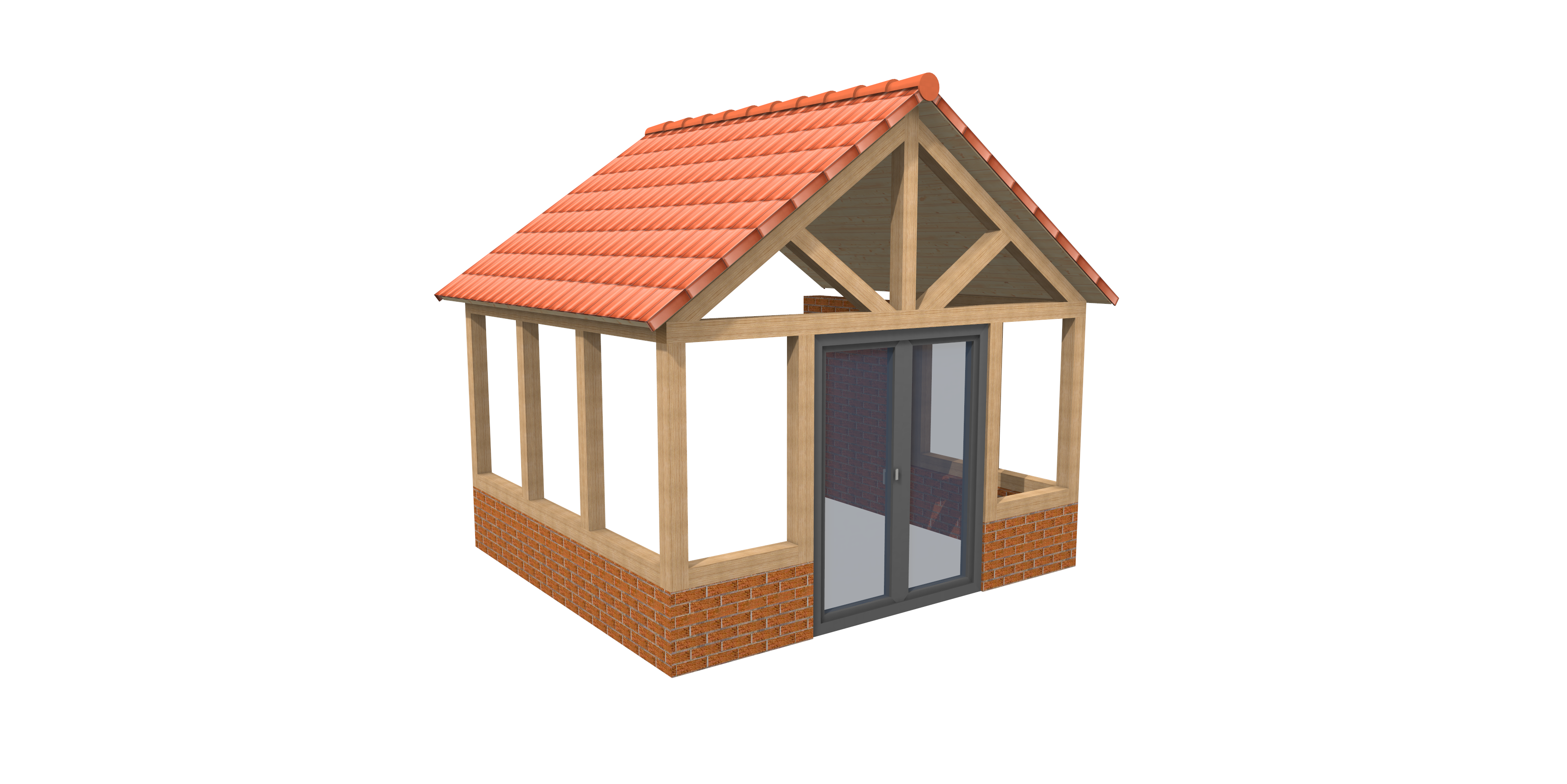When it comes to enhancing your home's outdoor living space, porches are a popular choice. However, the decision between an open porch and an enclosed porch can be a challenging one, as both options offer unique advantages and disadvantages. In this blog, we will explore the pros and cons of each type to help you make an informed decision based on your needs and preferences.
- Open Porch:
Pros: a. Uninterrupted Views: One of the most significant advantages of an open porch is the unobstructed view of the surrounding landscape. This creates a seamless transition between the indoors and outdoors, allowing you to enjoy the beauty of nature from the comfort of your porch.
b. Natural Airflow: Open porches promote better airflow, providing a refreshing breeze during warm months. This can be particularly appealing in regions with hot climates, as it helps keep the porch area cooler and more comfortable.
c. Cost-Effective: Compared to enclosed porches, open porches are generally more affordable to construct. They require less material and labor, making them an attractive option for homeowners on a budget.
d. Versatility: An open porch offers flexibility in terms of furniture arrangement and usage. It can easily accommodate a range of outdoor activities such as grilling, dining, or lounging, making it an ideal gathering spot for friends and family.
Cons: a. Limited Use in Inclement Weather: The most significant drawback of an open porch is its susceptibility to weather conditions. Rain, snow, and excessive sunlight can limit its use, forcing you to seek indoor comfort during extreme weather.
b. Reduced Privacy: Without walls or screens, an open porch lacks the privacy that an enclosed porch can provide. This might not be a concern for some, but if privacy is a priority, an open porch may not be the best choice.
- Enclosed Porch:
Pros: a. Year-Round Use: The primary advantage of an enclosed porch is its ability to be utilized year-round, regardless of the weather. Walls and screens protect against rain, wind, and insects, extending the usability of the space.
b. Increased Privacy and Security: With enclosed walls, you have a greater sense of privacy, making it an ideal spot for quiet relaxation or intimate gatherings. Additionally, an enclosed porch adds an extra layer of security to your home.
c. Climate Control: Enclosed porches can be equipped with heating and cooling systems, allowing you to maintain a comfortable temperature throughout the year. This level of control ensures a pleasant experience, regardless of external weather conditions.
d. Enhanced Energy Efficiency: The enclosed design contributes to better energy efficiency, as it helps to insulate the space and reduce energy consumption.
Cons: a. Construction Costs: The construction of an enclosed porch typically involves more materials and labor, making it a more expensive option compared to an open porch.
b. Restricted Views: While enclosed porches offer more protection, they limit the view of the surrounding landscape, which may not be as appealing to those seeking a seamless indoor-outdoor experience.
c. Limited Natural Airflow: Despite the ability to add climate control systems, enclosed porches may still lack the natural airflow that an open porch provides.
Conclusion: Ultimately, the decision between an open porch and an enclosed porch depends on your priorities and preferences. An open porch is budget-friendly, offers unobstructed views, and a seamless connection with nature. On the other hand, an enclosed porch provides year-round usability, privacy, and climate control, but at a higher cost. Consider your lifestyle, climate, and intended use of the space to make the best choice for your home.



